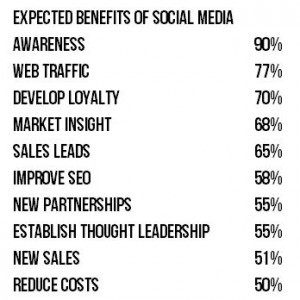The new technology for the phone attribution/conversion platform claims to block more than 99% of robocalls that pollute attribution stats.
You would probably rate a robocall during dinner as annoying.
Now let’s suppose you’ve got a large marketing operation set up to field phone calls from an online ad campaign. Robocalls to those phone numbers are more than annoying.
They can throw your attribution analytics off and take up the time of the answering human operators.
That’s the situation addressed today by phone attribution/conversion provider DialogTech, with the release of SpamSentry technology for its Voice360 platform.
CEO Irv Shapiro told me his company has found that an average of 26 percent of calls to marketing operations are recorded, computerized robocalls.
The marketer behind an ad campaign might want to know which calls came from which ads. Perhaps the brand is paying the marketer by the number of calls that are leads, plus the marketer wants to know which ads worked best to drive calls.
As other such phone attribution companies do, DialogTech can generate unique phone numbers — up to three million — for each instance of an online ad. So, regardless of the phone used, it knows which ad drove you by the number you called. If you follow a click-to-call link on a mobile ad following a search, there’s also a direct link trail.
If an incoming phone call cannot be automatically attributed to an ad, as with a robocall, it has to be attributed manually — which, of course, costs time and money. It could be a recorded voice in a robocall, or it could be someone calling a number that a friend gave them.
To keep the data clean, Shapiro said, his company used to do as his competitors do. They tried to track caller IDs, although robocallers have begun to change the constituent numbers randomly for new calls.
They also set up an interactive voice response, a road block that stops automated robocalls. At this stage in their development, automated robocalls can’t deal with “press number one to proceed.”
The bad news: phone menus also annoy human callers and can cut down on the number of people who remain on the line.
To reduce the instance of robocalls, SpamSentry utilizes a variety of tactics.
For instance, it sends a telecommunications signal to the robocall before a human picks up, which triggers a premature playback of the recording. It also identifies a variety of characteristics that Shapiro said constitutes a “fingerprint,” like the sequence of calls from that caller ID (robocalls tends to dial numbers in sequence), the audio characteristics of the first few seconds of the outgoing recording, and other info.
The idea is that, as robocall marketers change their tactics, SpamSentry’s machine learning should be able to learn and thus block the new approaches.
And, if a robocall is detected, SpamSentry puts up a “press number one” gate as a safety net, just to be sure.
DialogTech claims that, using all of these techniques, its unique SpamSentry is able to block more than 99 percent of automated robocalls coming into a call center.
However, it only blocks recorded calls. Those live-person calls looking to sell you life insurance can still get through.
(Some images used under license from Shutterstock.com.)
Marketing Land – Internet Marketing News, Strategies & Tips
(127)








